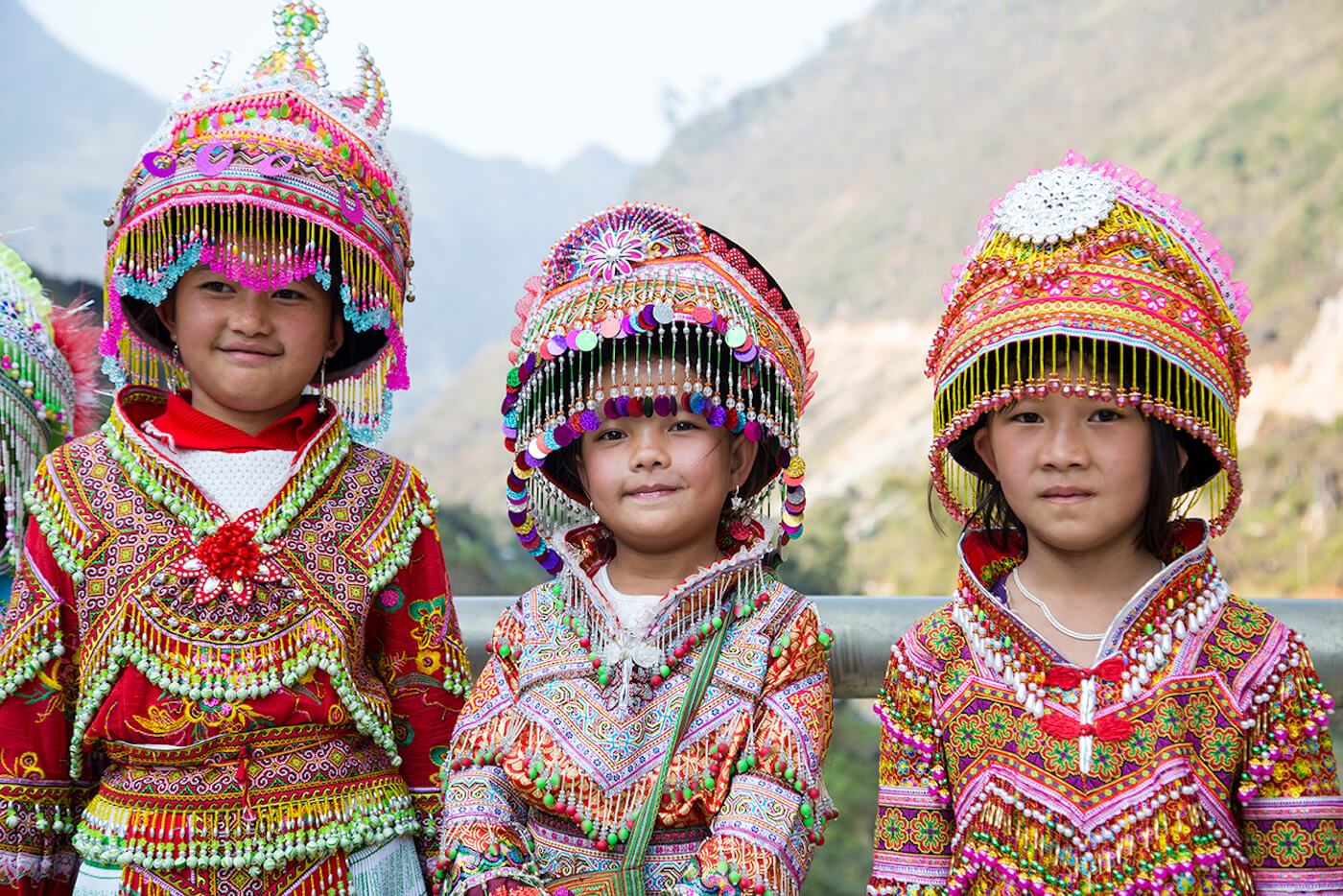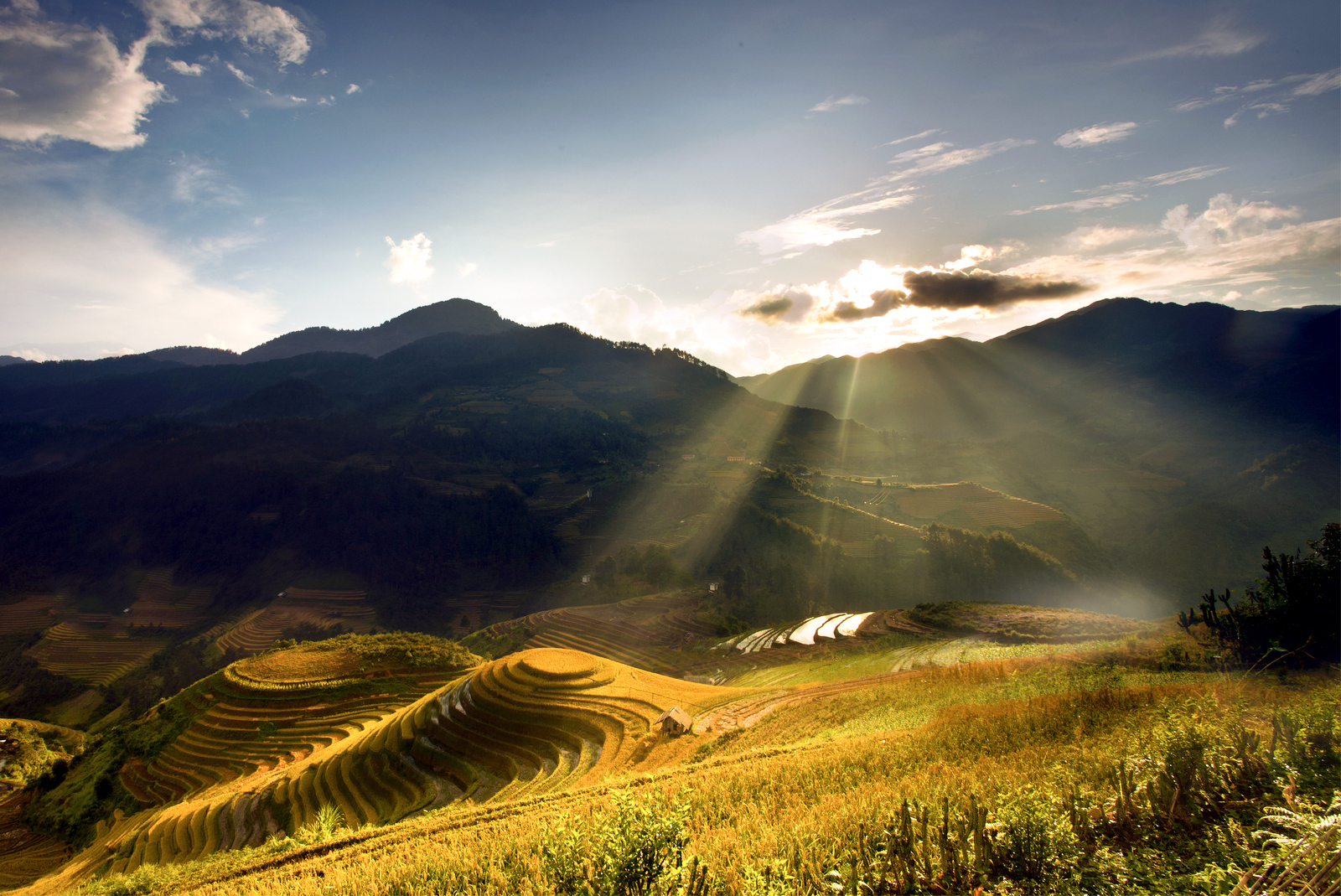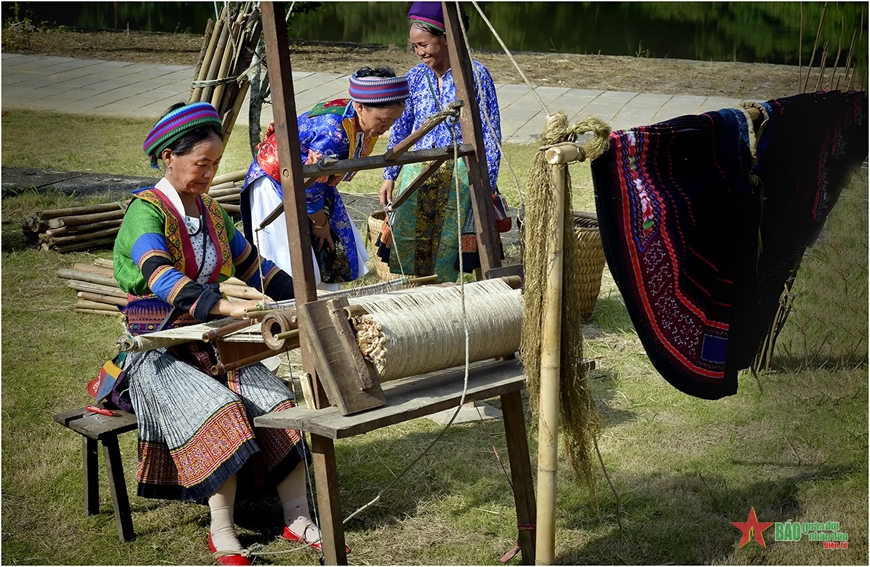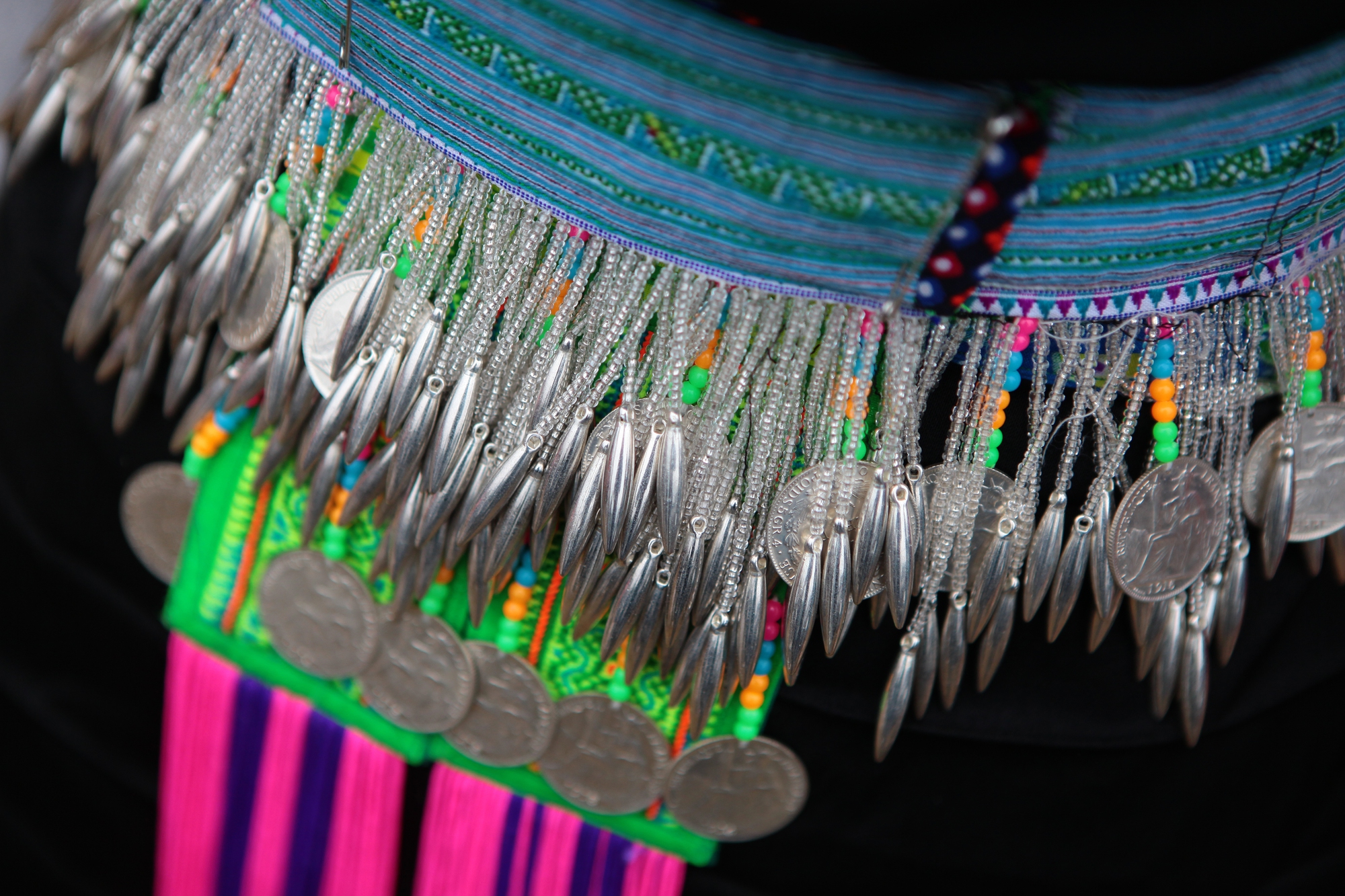1. Introduction to the Hmong People in Yen Bai
Situated on the gateway to North-West Vietnam with many beautiful landscapes, Yen Bai Province is home to the Hmong people, one of Vietnam’s largest ethnic minorities. The Hmong people in Yen Bai are known for their vibrant culture, traditional practices, and deep connection to the natural environment. In the article, YESD’s guides will explore the Hmong people in Yen Bai, highlighting their rich heritage, unique customs, and the breathtaking landscapes that define their way of life.
Hmong Children in Yen Bai
2. Historical Background
Origins and Migration
The Hmong people in Yen Bai are believed to have originated from China, migrating southward into Vietnam over centuries. Their migration to Yen Bai and other parts of northern Vietnam is a significant part of their history, driven by a need to escape conflict and seek fertile land for farming. The Hmong have preserved their distinct cultural identity through generations, despite the challenges of migration and settlement in new lands.Settlement in Yen Bai
Yen Bai, with its rugged terrain and temperate climate, became an ideal settlement area for the Hmong. They established communities in the highland regions, particularly in districts such as Mu Cang Chai and Tram Tau. These areas, known for their stunning terraced rice fields, are now synonymous with Hmong culture in Vietnam.3. The Cultural Significance of the Hmong People in Yen Bai
Traditional Hmong Clothing
One of the most striking aspects of Hmong culture is their traditional clothing. Hmong attire is renowned for its bright colors, intricate embroidery, and symbolic patterns. Each piece of clothing is handmade, often taking weeks or even months to complete. The outfits differ between various Hmong subgroups, such as the Black Hmong and Flower Hmong, each with distinct styles that reflect their heritage and social status.
Hmong Traditional Dress in Yen Bai
Hmong Festivals and Celebrations
The Hmong people in Yen Bai celebrate a variety of festivals that are deeply rooted in their agricultural lifestyle and spiritual beliefs. The most significant festival is the Lunar New Year, or “Tet” during which the Hmong community gathers to honor their ancestors, enjoy traditional foods, and participate in cultural performances. Another important event is the “Gau Tao” festival, a traditional celebration of health and prosperity, featuring music, dance, and traditional sports.Language and Oral Traditions
The Hmong language, which is part of the Hmong-Mien language family, is central to the community’s identity. It is primarily an oral language, rich in folklore, proverbs, and songs that have been passed down through generations. Oral traditions play a crucial role in preserving Hmong history and values, with elders often telling stories that convey important life lessons and cultural knowledge.4. The Hmong’s Connection to the Land
Terraced Rice Fields of Mu Cang Chai
The terraced rice fields of Mu Cang Chai in Yen Bai are among the most iconic landscapes in Vietnam and a testament to the Hmong people’s ingenuity and deep connection to the land. These terraces, carved into the mountains over centuries, are both an agricultural marvel and a cultural heritage site. Each year, during the planting and harvest seasons, the terraces transform into breathtaking scenes of lush green and golden hues, attracting tourists and photographers from around the world.
Terraced Rice Fields of Mu Cang Chai
Sustainable Farming Practices
The Hmong people have developed sustainable farming practices that are adapted to the mountainous terrain of Yen Bai. They primarily grow rice, corn, and vegetables, utilizing techniques such as contour plowing and crop rotation to maintain soil fertility and prevent erosion. These practices reflect the Hmong’s deep respect for nature and their understanding of the delicate balance required to live harmoniously with their environment.5. Hmong Craftsmanship and Artistry
Embroidery and Textile Work
Hmong embroidery is renowned for its intricate designs and vibrant colors. Women in the Hmong community often begin learning embroidery at a young age, mastering the skills needed to create traditional clothing, blankets, and decorative items. The patterns used in Hmong embroidery are rich in symbolism, often representing elements of nature, spiritual beliefs, and historical narratives.
Hmong Women Weaving
Silver Jewelry
Another significant aspect of Hmong craftsmanship is their silver jewelry. Hmong artisans create elaborate silver necklaces, bracelets, and earrings, which are worn during festivals and important ceremonies. These pieces are not only beautiful but also hold cultural significance, often symbolizing wealth, social status, and protection against evil spirits.
Hmong’s Silver Jewelry
